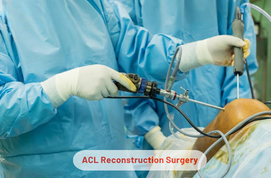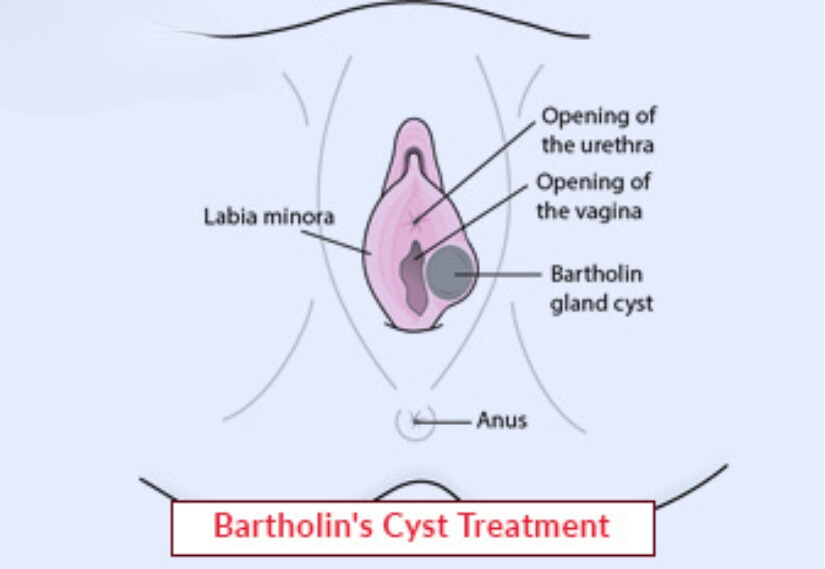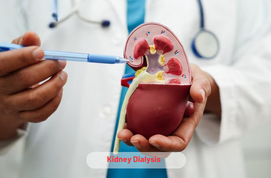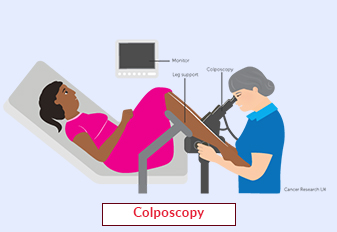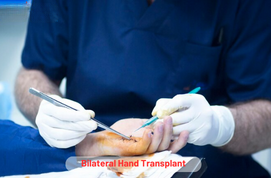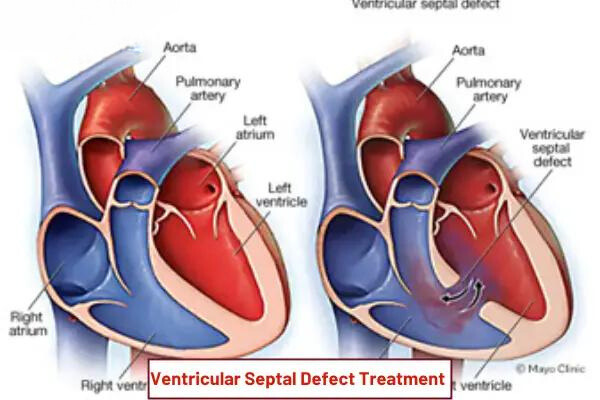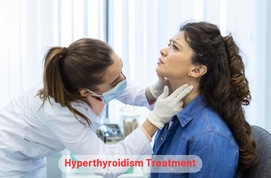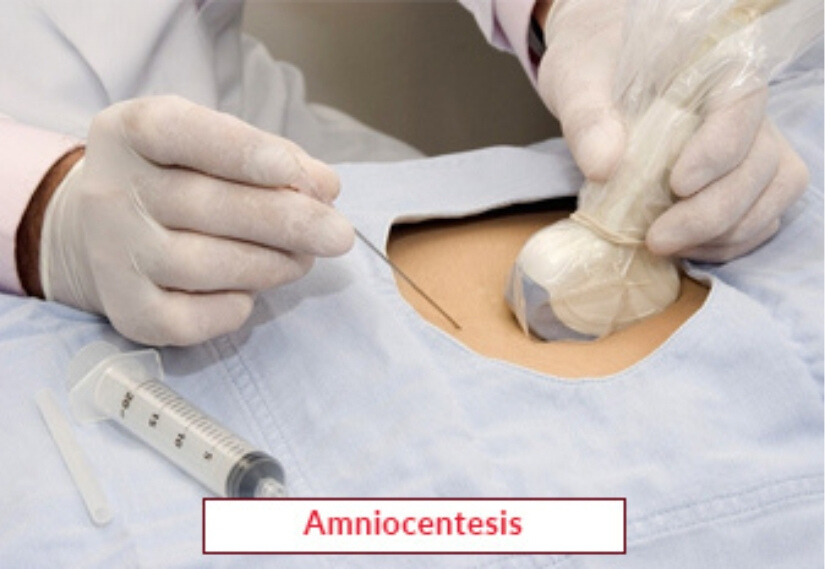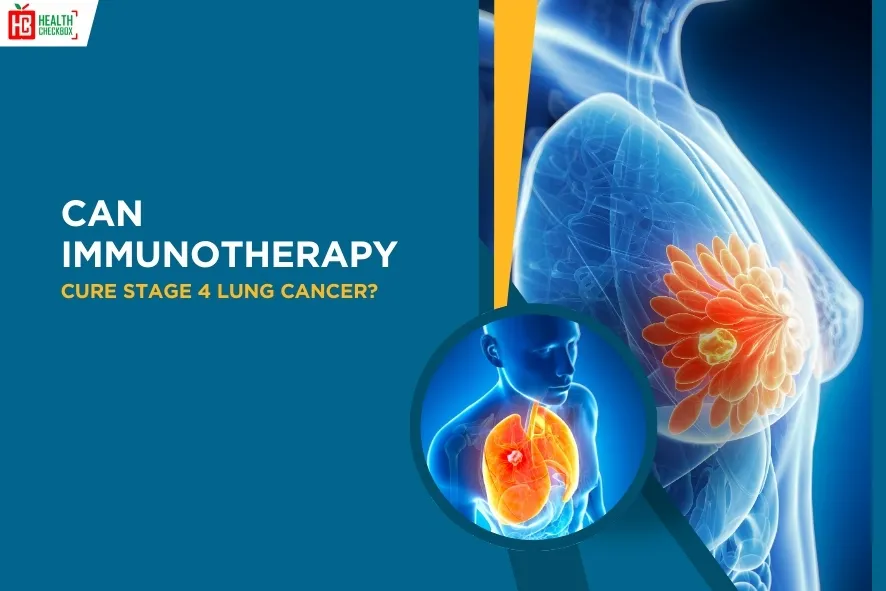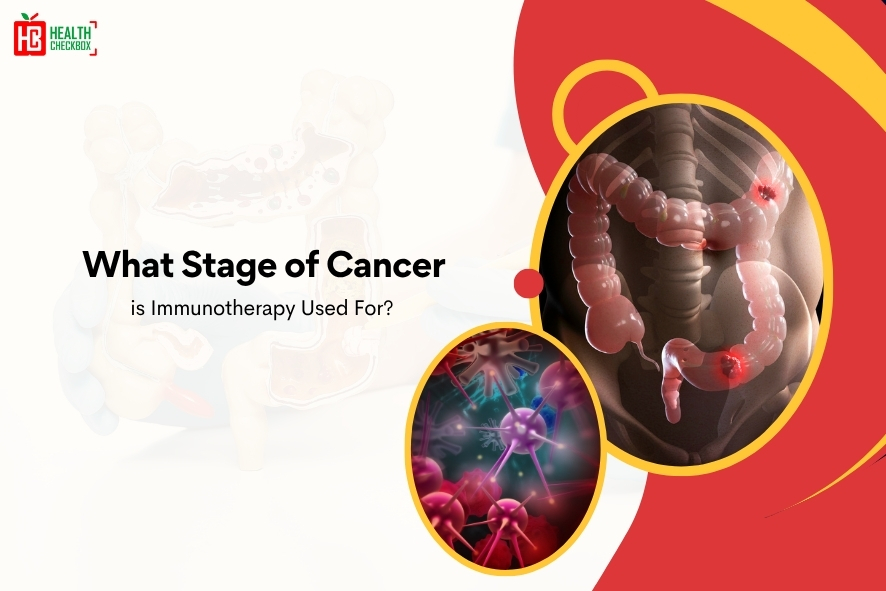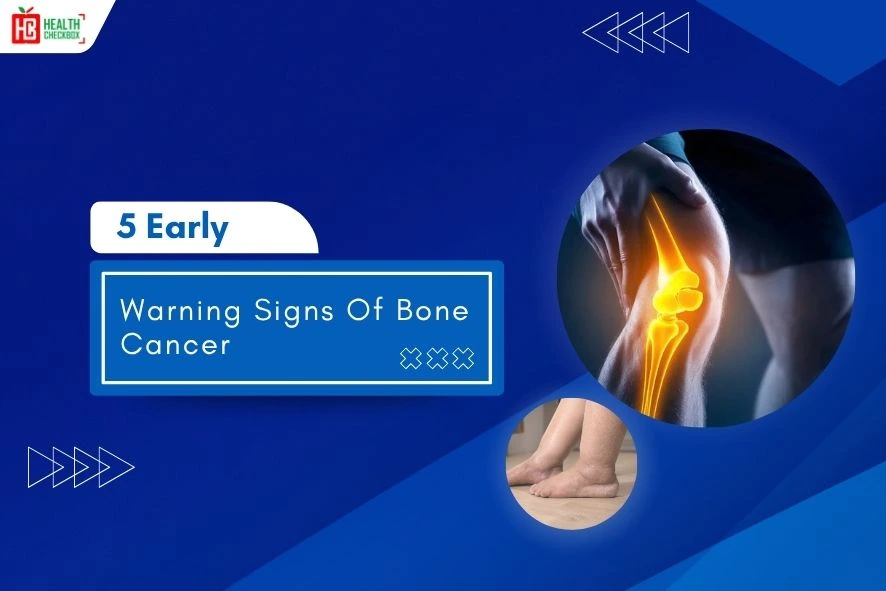Vaginal bleeding mainly affects pregnant women. It can be normal or abnormal, which occurs during a menstrual cycle in them. This health problem leads to injury in organs, anemia, drop in blood pressure, etc., and can be rare for patients if it is left untreated. Its best treatment method is vaginal hysterectomy surgery.
It does not require large abdominal incisions for uterus removal from the vagina. This surgical therapy provides faster recovery in patients, in which them are able to stay in a hospital for a shorter period of time. It can be performed in combination with other surgical procedures for the abdominal and pelvic cavites exploration.
What is Vagina?
It is a muscular tube that involves the connection between vulva, uterus, and cervix. Its main function is to facilitate menstruation and procreation, which is most important for the female reproductive system. It is also known as the birth canal.
When the hormones are imbalanced in this tube, it leads to vaginal bleeding in patients. Women face trouble during pregnancy and childbirth. This condition is dangerous and cannot be treated or diagnosed easily.
Why Vaginal Hysterectomy Important?
This surgical procedure is recommended for the treatment of certain health conditions. These are as follows:
- Uterine prolapse
- Endometriosis
- Gynecological cancer
- Chronic pelvic pain
- Adenomyosis
- Fibroids
Patients with severe endometriosis, ovarian malignancies, morbid obesity etc., are not eligible for this surgery. They must consult with their relevant doctor for these medical issues.
Vaginal Hysterectomy Treatment Procedure
Pre or Before Procedure
The following things can be expected before the surgical procedure:
- A patient can ask questions to their surgeon or doctor. It can be a type of anesthesia, surgery expectations, and possible complications.
- The instructions which are provided by a healthcare provider must be followed before eating and drinking.
- Let a healthcare provider know about the medication that can be taken by a patient before surgery.
- Blood-thinning medications must be avoided by patients since they can cause bleeding and create certain issues during surgery.
- The jewelry, piercings, contact lenses, etc., must be removed at home.
- A patient might need some laboratory procedures such as blood test, pregnancy test, urinalysis, etc.
- The patients must avoid alcohol and nicotine products before surgical procedure. They must maintain their blood pressure at a normal range if suffering from diabetes.
During Procedure
The steps that can be followed during procedure are:
- The anesthesia and sedation will be provided to the patients so that they can get pain-free during the surgery.
- A surgeon uses scalpel or electrocautery to make a small incision at the top of a vagina.
- After that, the uterus is separated from the surrounding ligaments and blood vessels to avoid injuries in nearby structures.
- After separation, a surgeon removes the uterus from the vaginal opening, and they use dissolvable sutures to close the incision.
After or Post Procedure
- A patient will be taken into a recovery room for the identification of blood loss, heart rate, blood pressure, and respiration after the surgery completion. They must stay in the hospital for one or two hours overnight and can go home the following day.
- After reaching home, it is important for an individual to rest for two weeks. They can return to their work after 4 to 6 weeks depending on their jobs.
- Pain or discomfort might occur at the incision site after the surgery. Therefore, medicine will be required for patients for pain relief.
- The vaginal discharge can become red, pink and brown after the procedure. It should not have a bad odor and might occur for several days or weeks.
- A period will be stopped, but bloating or other menstruation symptoms, such as menopause, torn internal stitches after a hysterectomy, might develop in women after the surgery.
- A patient must consult with their doctor if they suffers from any of the following health issues:
- Chest pain
- Breathing problem
- Heavy vaginal bleeding
- Redness or discharge from incisions
- Nausea and Vomiting
- Fever or chills
- Severe pain
- Urination problem or change in bowel movements
Advantages of Vaginal Hysterectomy
The benefits of this surgical therapy are as follows:
- It is scarless and less expensive than other hysterectomies.
- This approach is better for patients since it causes less pain and lowers the risk of infection and blood clots.
- It provides faster recovery and shorter hospital stay for individuals.
Risks and Complications
This surgical procedure is safe and effective for patients but it leads to certain complications. These are as follows:
- Clotting of blood in legs and lungs.
- Injury in bowel, bladder, nerve and ureters.
- Hematoma or swelling at a surgical site.
- Bleeding
- Anesthesia problems
- Wound pulling open
How to Prevent Complications?
The hysterectomy complications can be prevented in the following ways:
- A patient must maintain their healthy weights by eating a well balanced diet. The refined sugars and processed foods lead to obesity, which is not good for your health.
- It is important for an individual to wear a face covering mask and wash their hands for the purpose of hygiene.
- A patient can consult with the healthcare team about the vaccinations which aids to reduce their serious illnesses.
- The strenuous activities, lifting heavy objects and tub baths must be avoided for at least 6 weeks after the surgery.
Our Other Services
Latest Health Tips
Can Immunotherapy Cure Stage 4 Lung Cancer?
Early Signs of Cervical Cancer
Foods that Kill Cancer: Leafy Vegetables, Grains, & More
What Stage of Cancer is Immunotherapy Used For?
Which is Worse for Cancer, Sugar or Alcohol?
Vaccines That Prevent Cancer
What Kills Cancer Cells in the Body Naturally?
Early Warning Signs of Bone Cancer
Submit Your Enquiry
Testimonials









